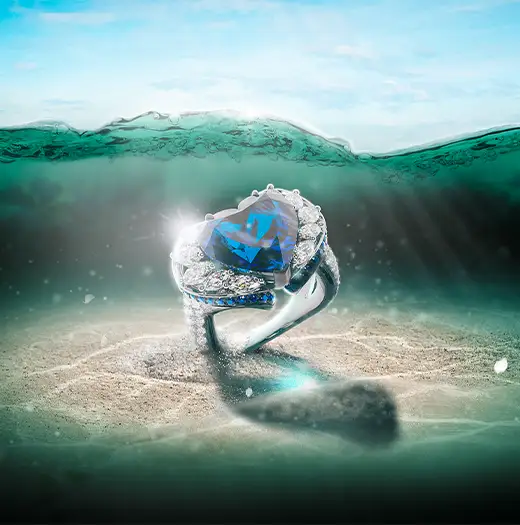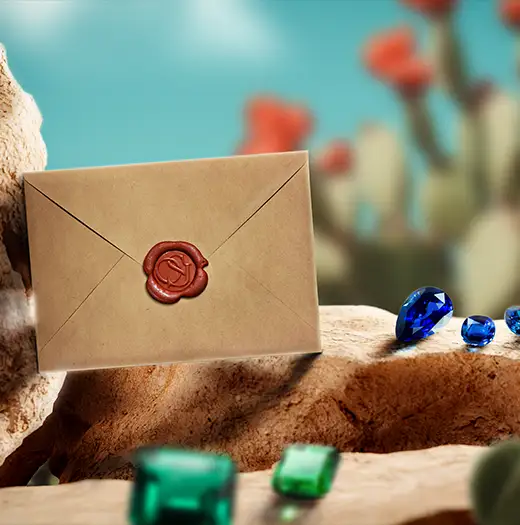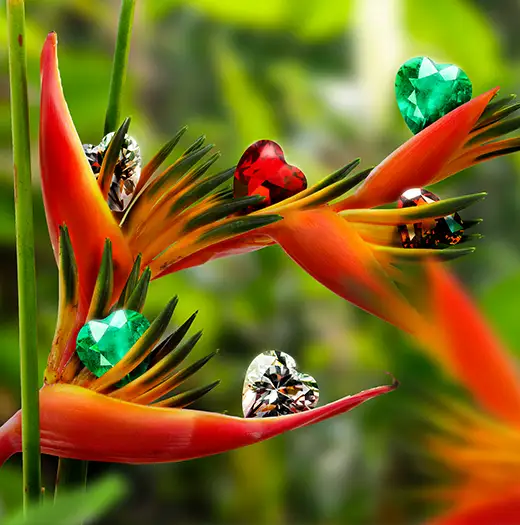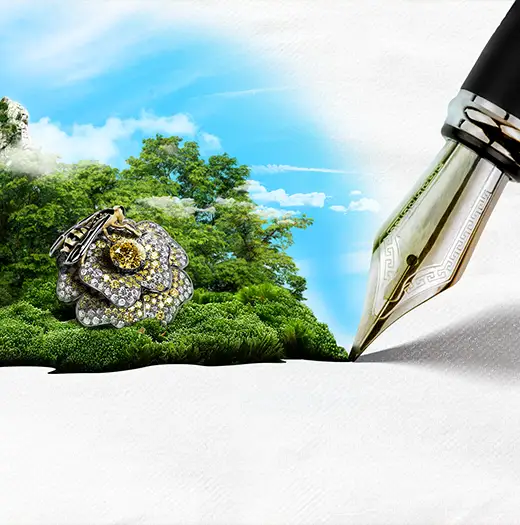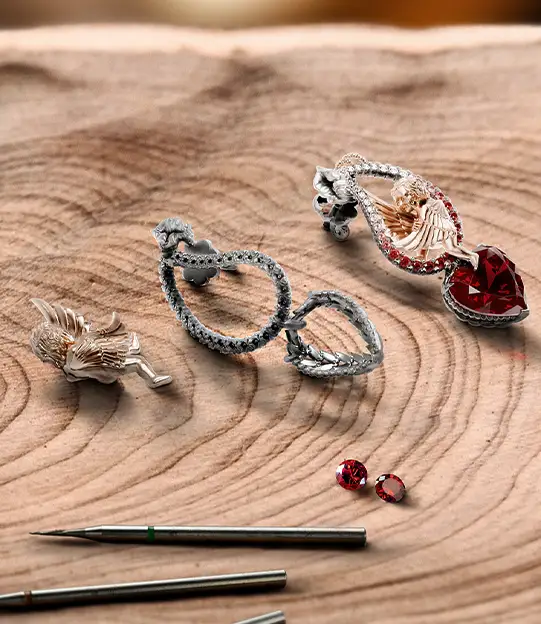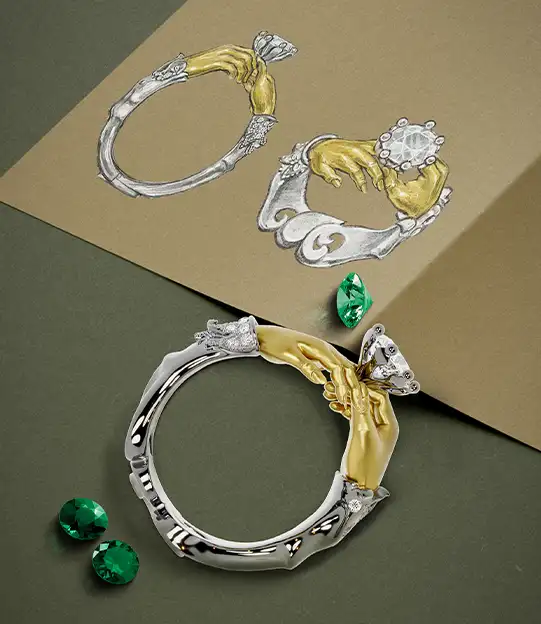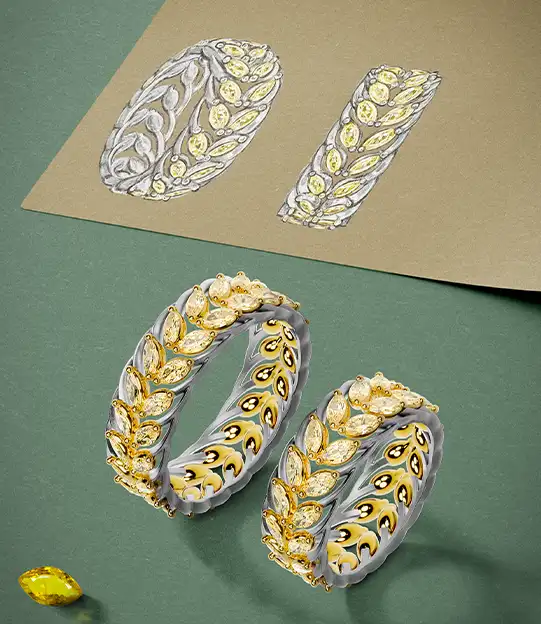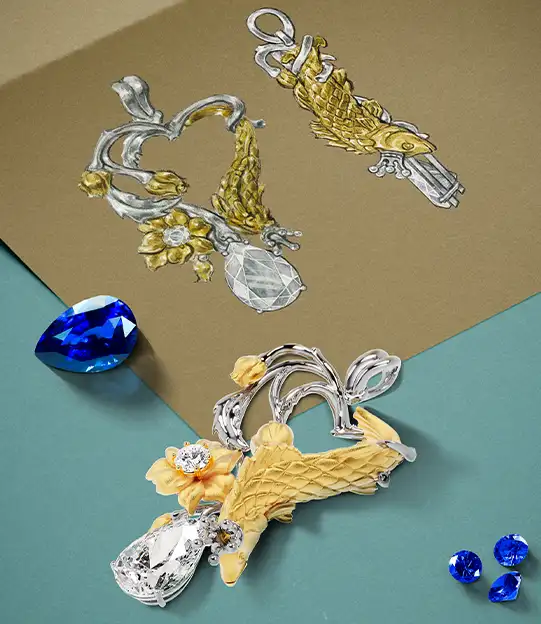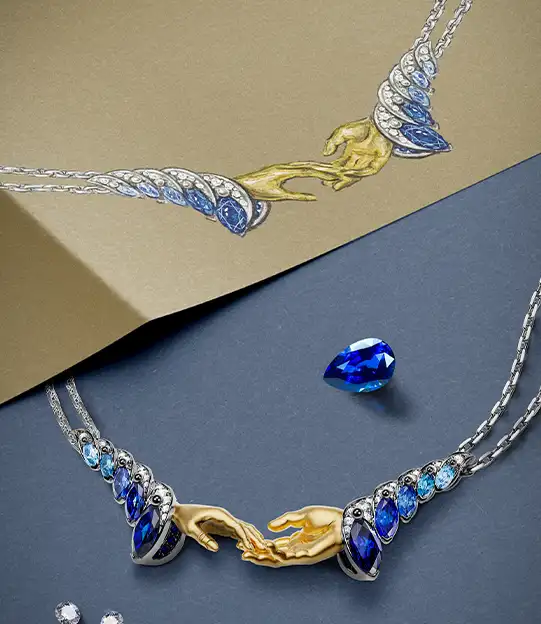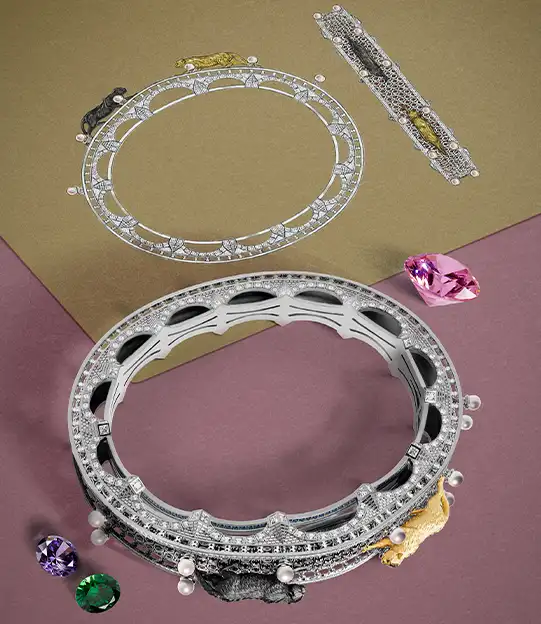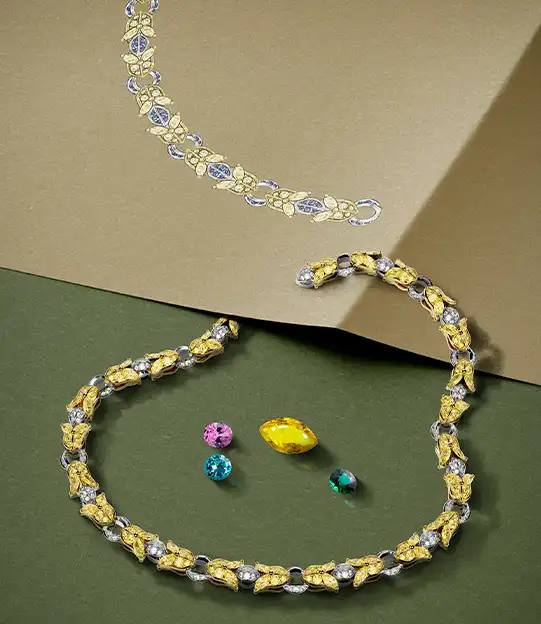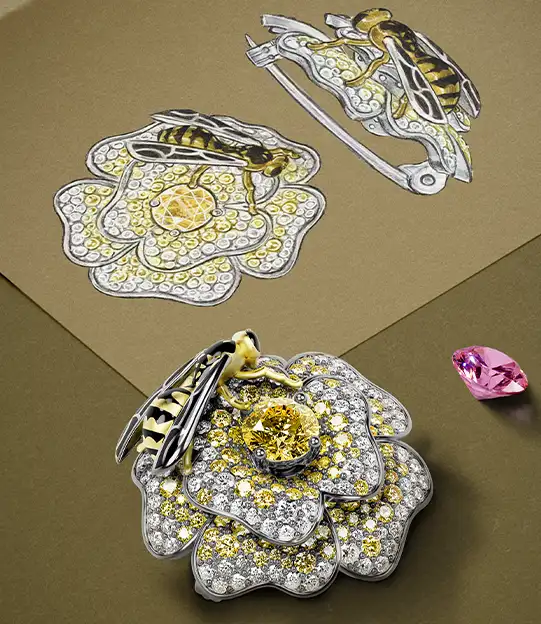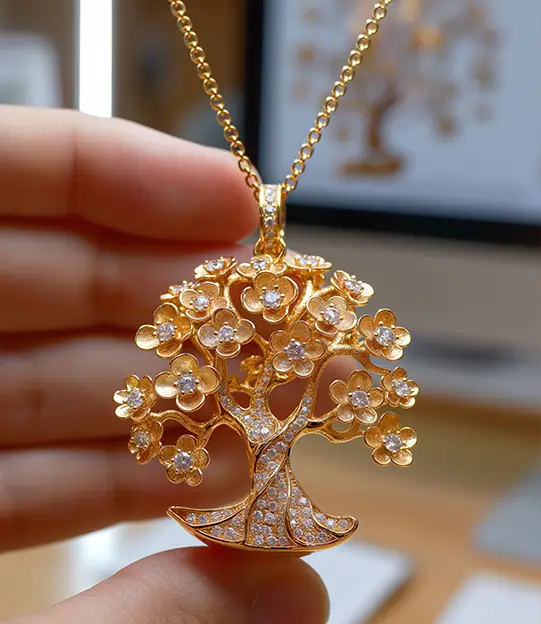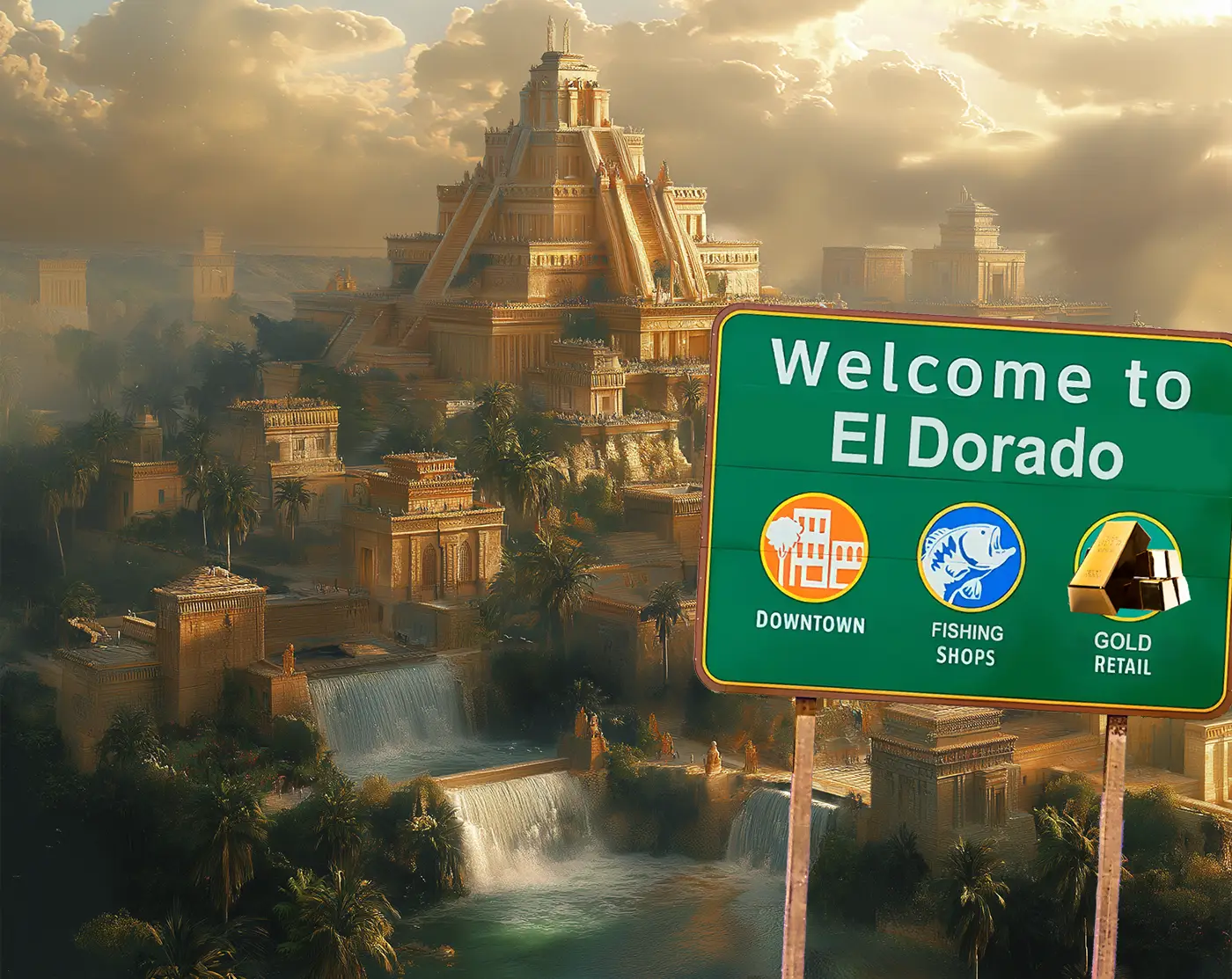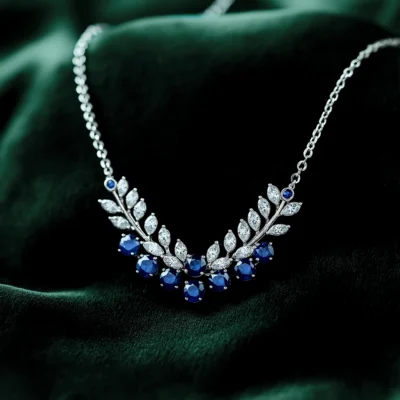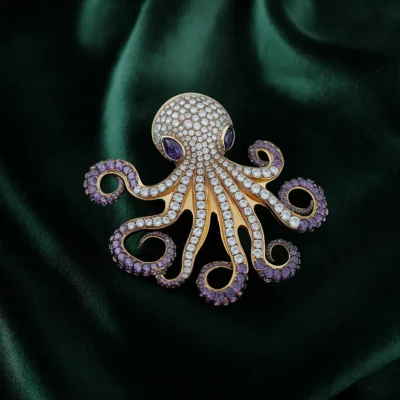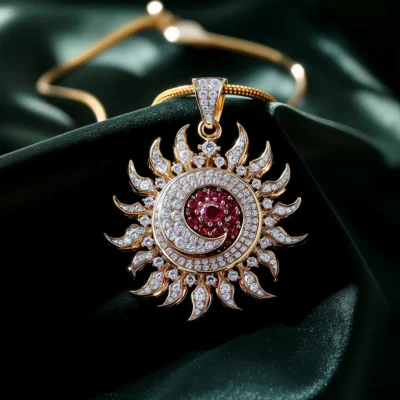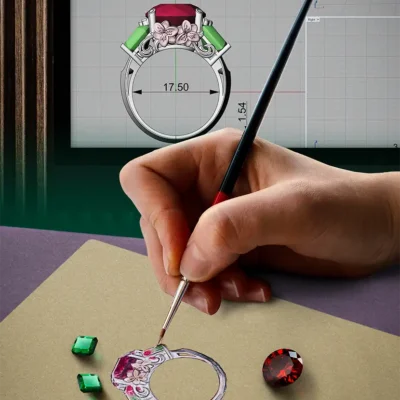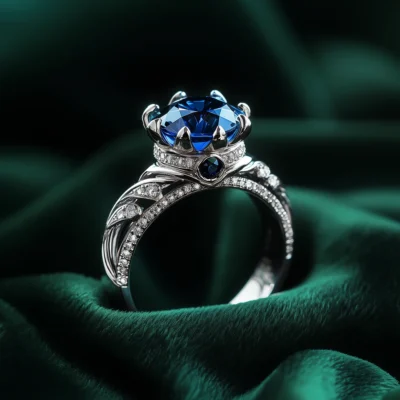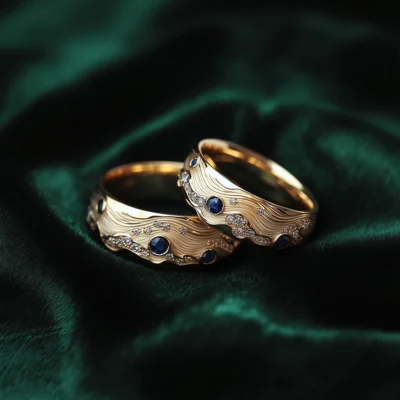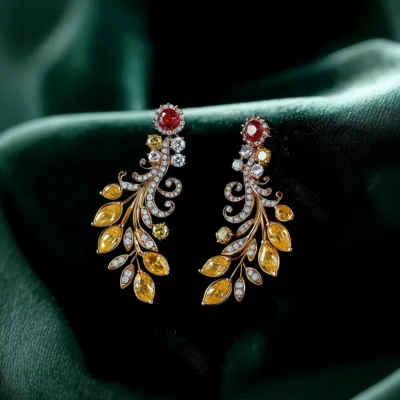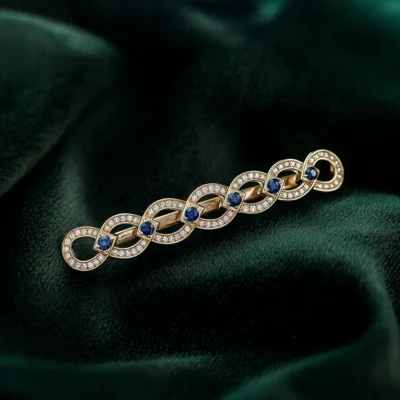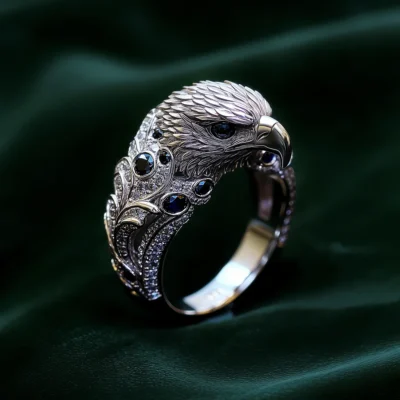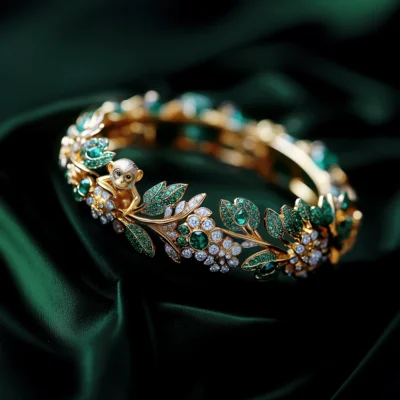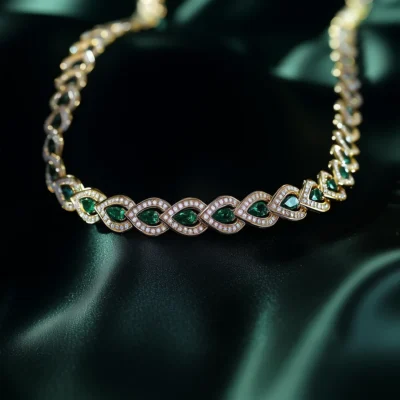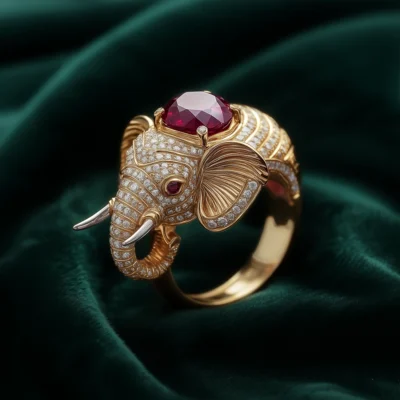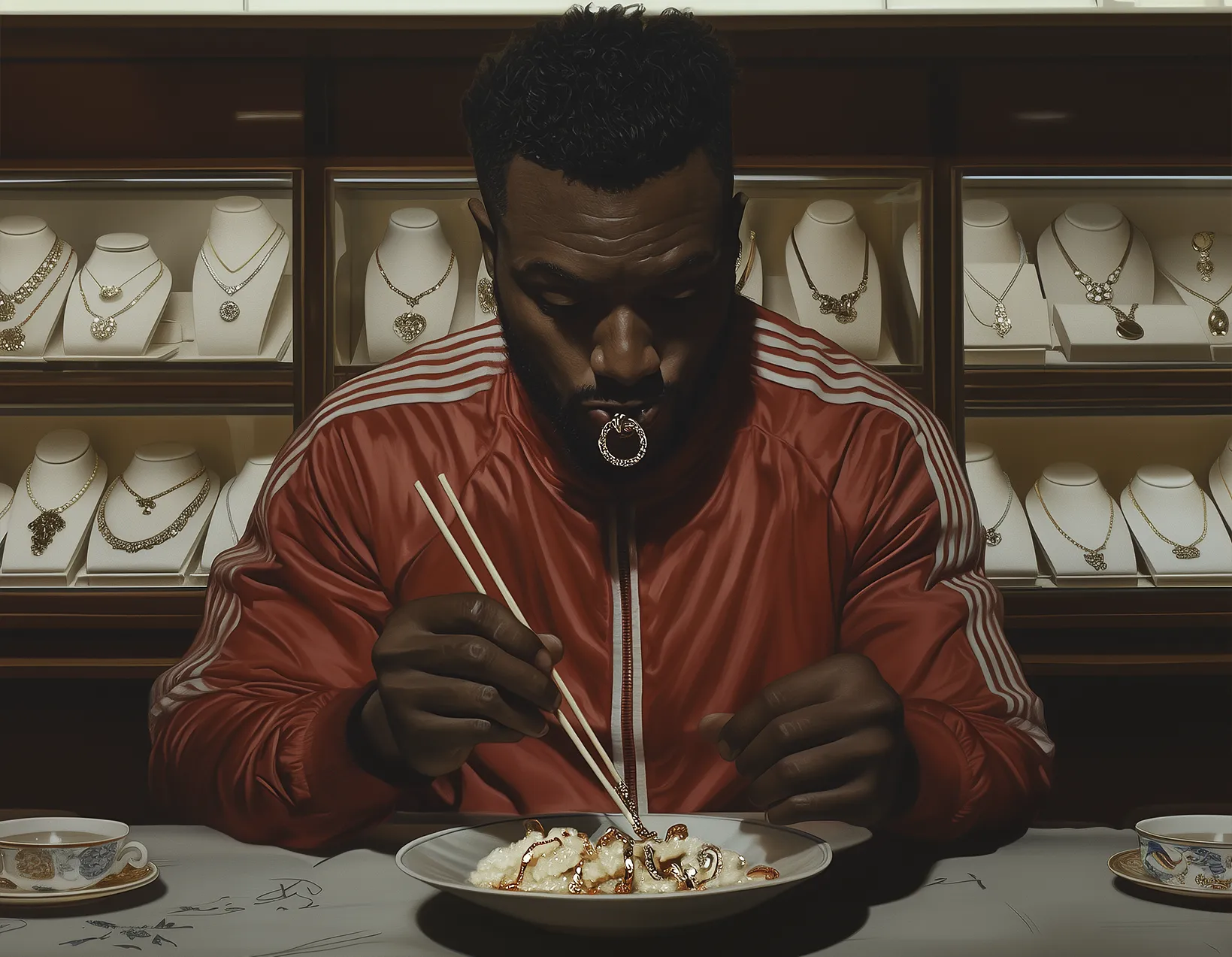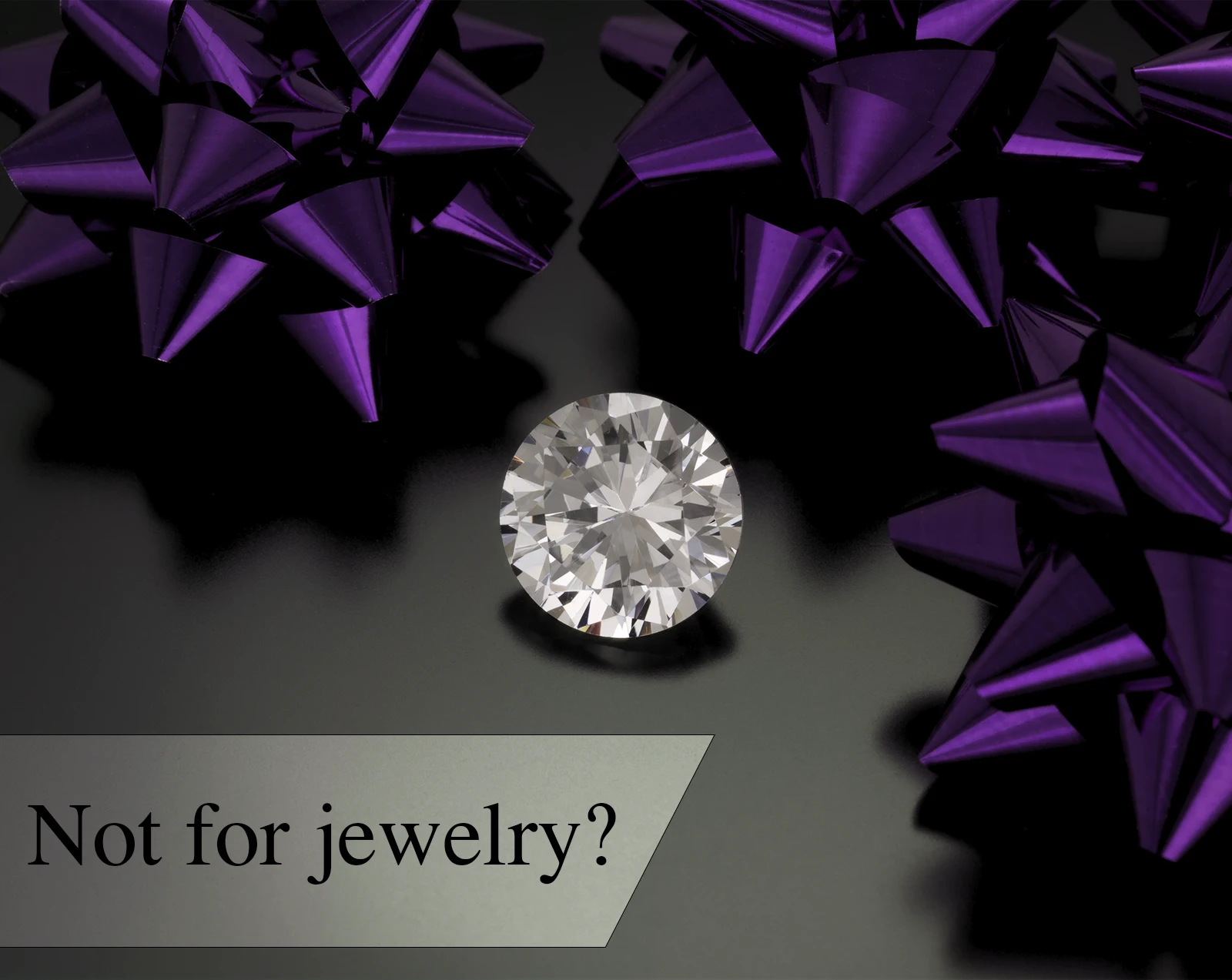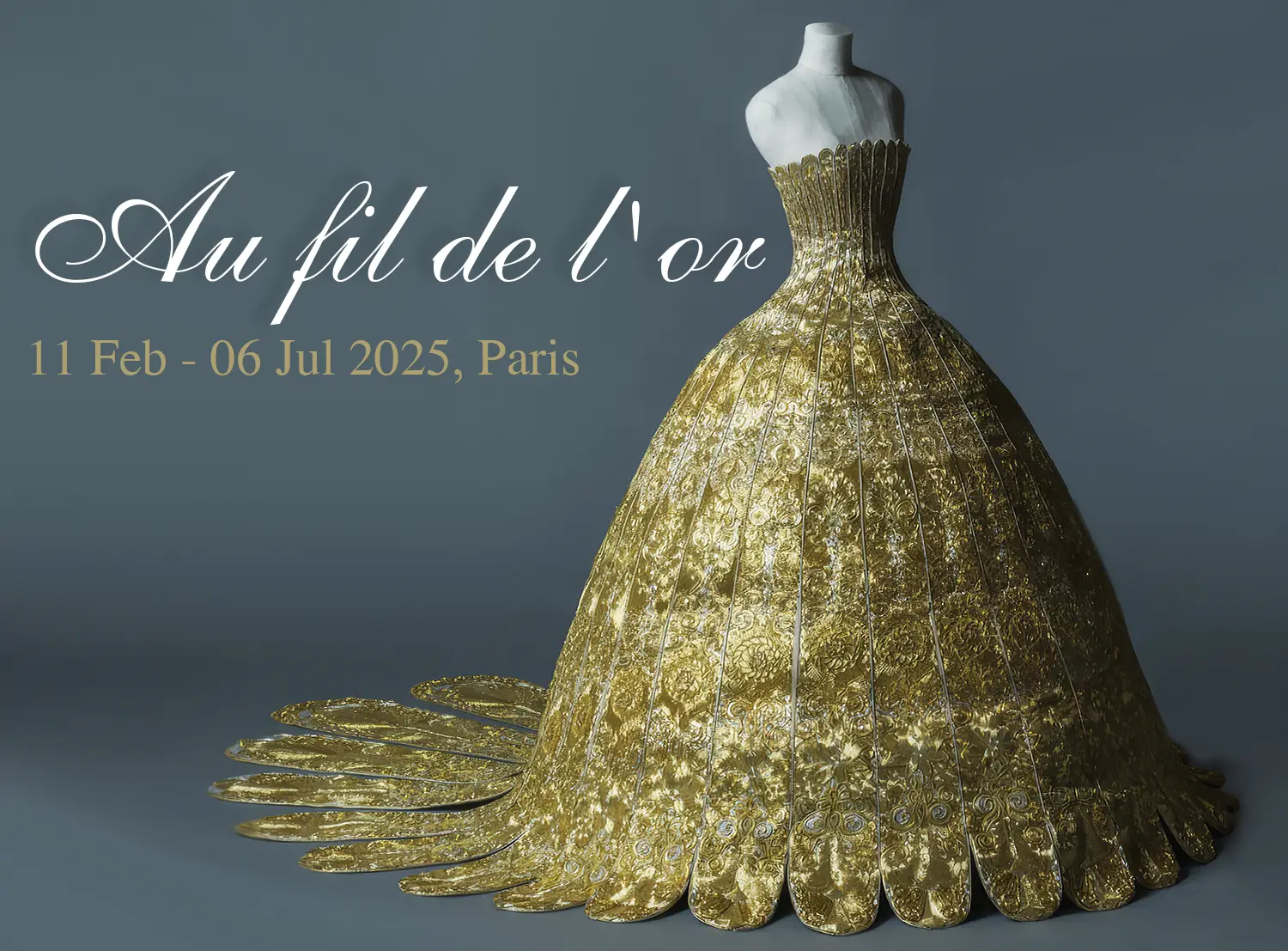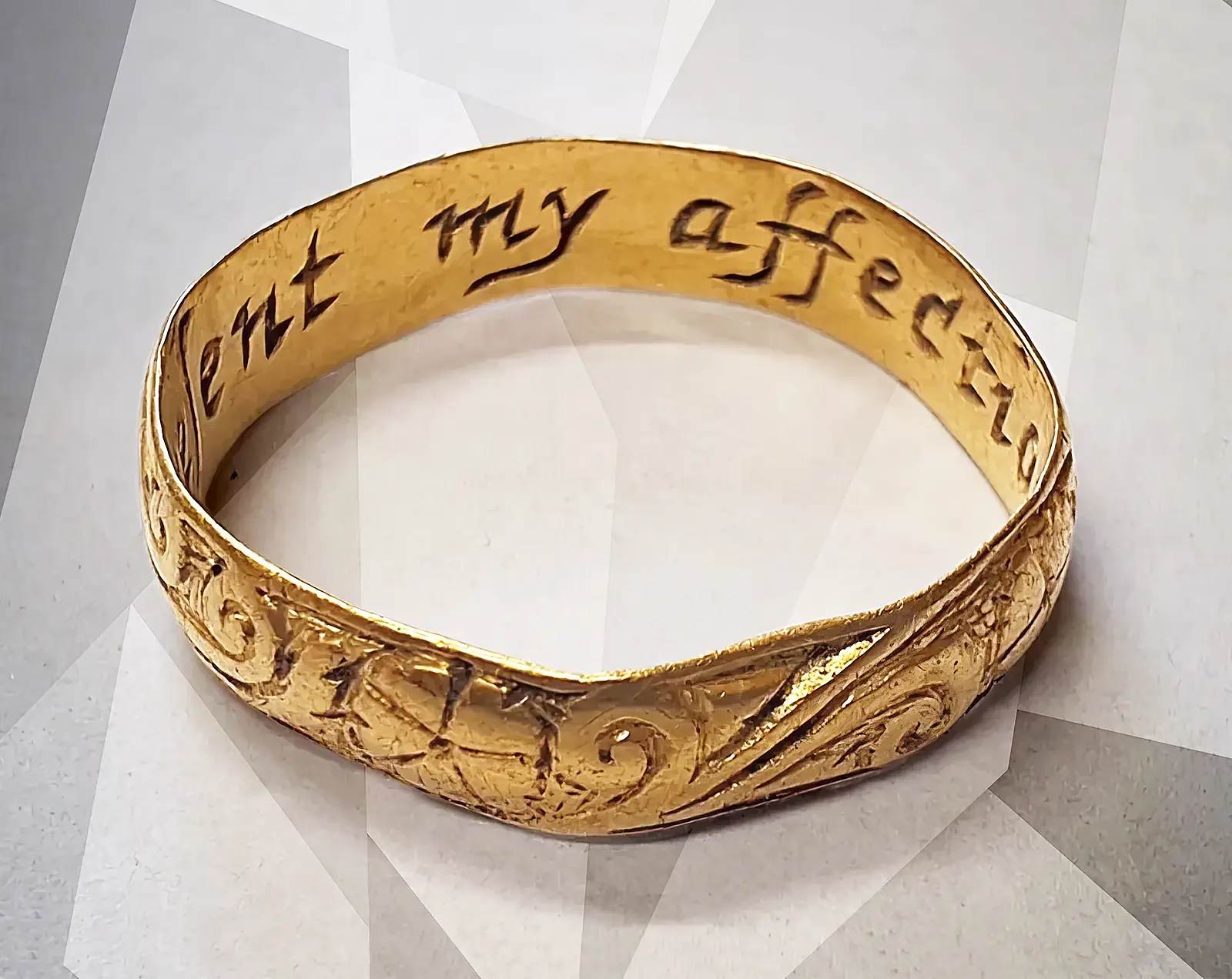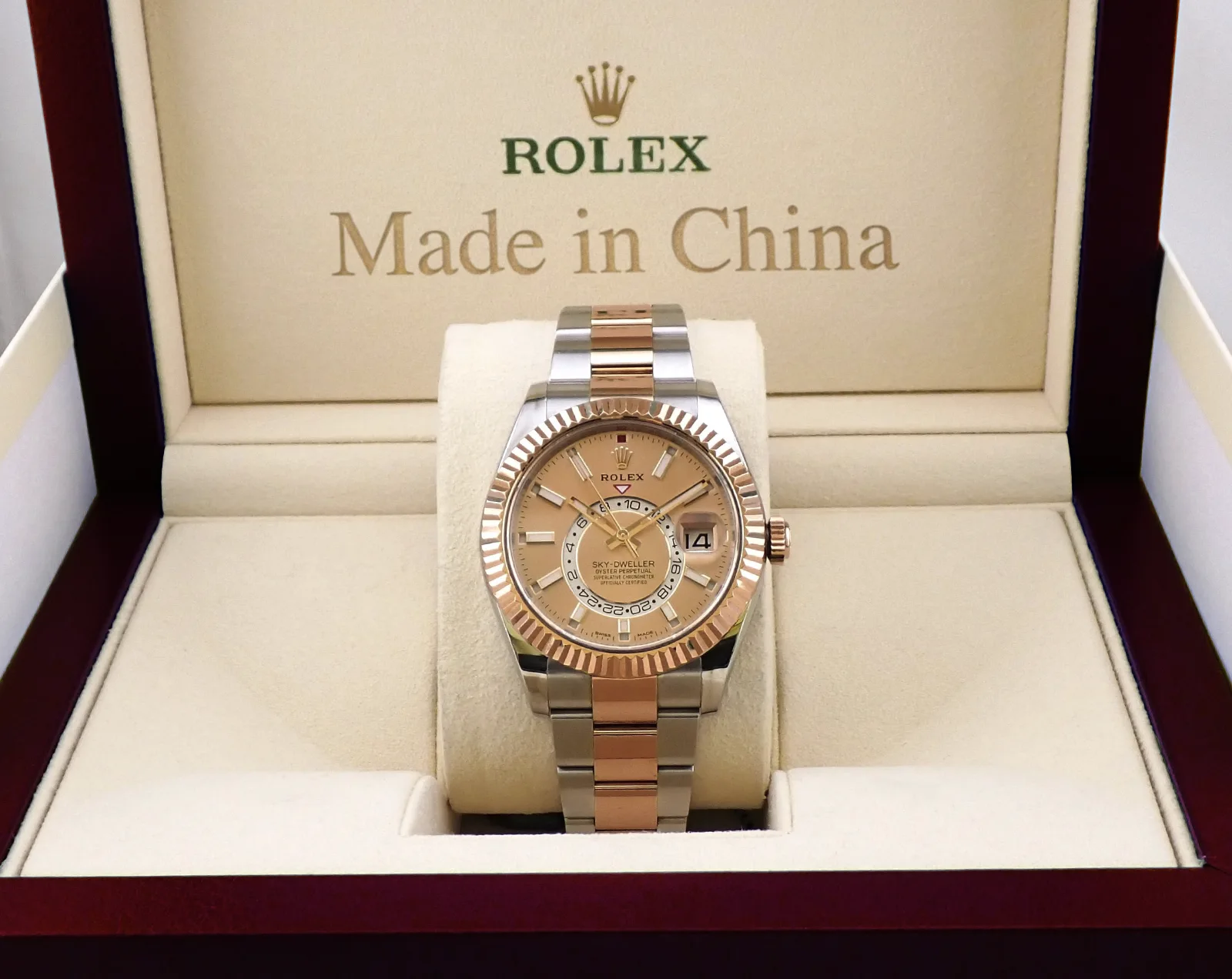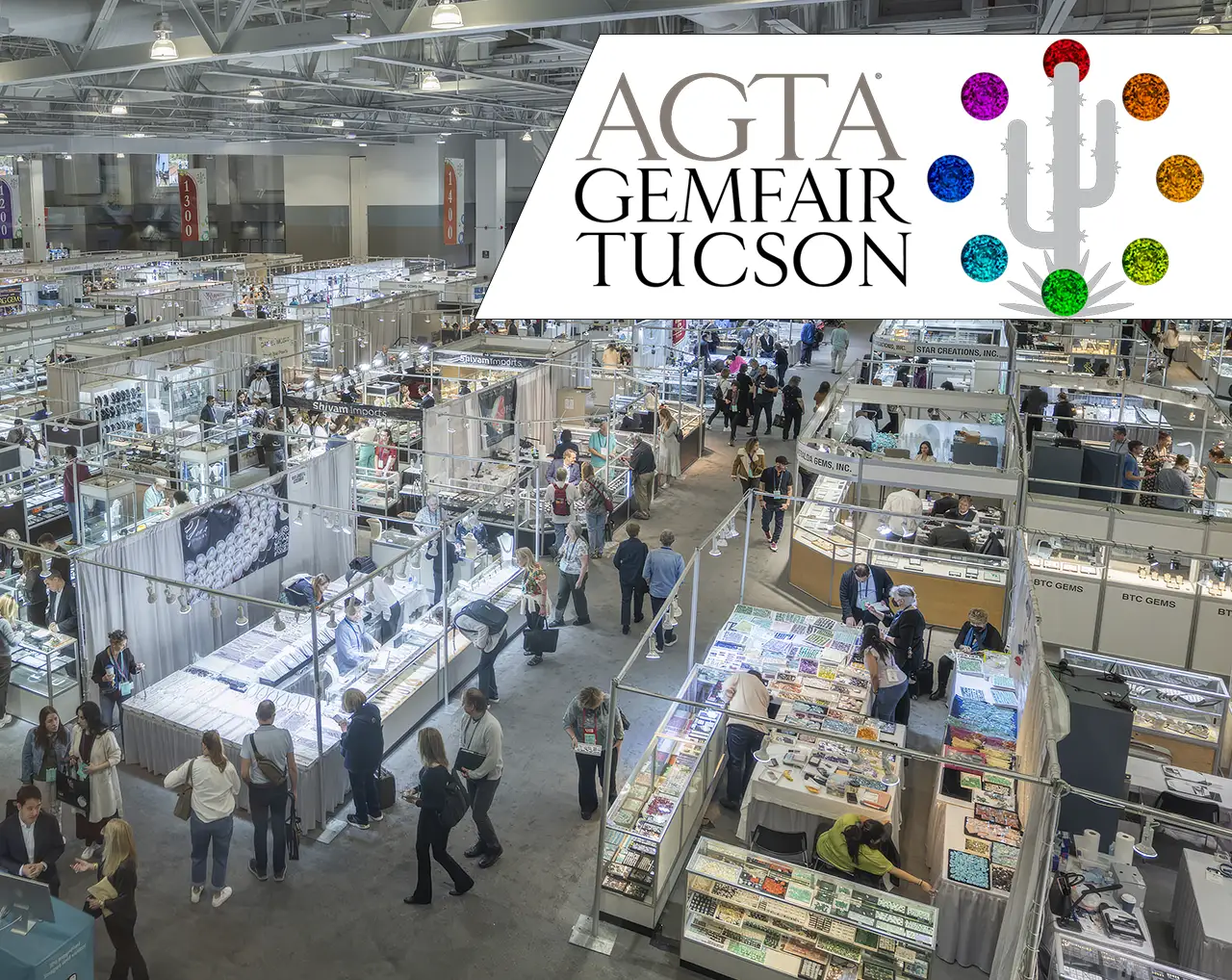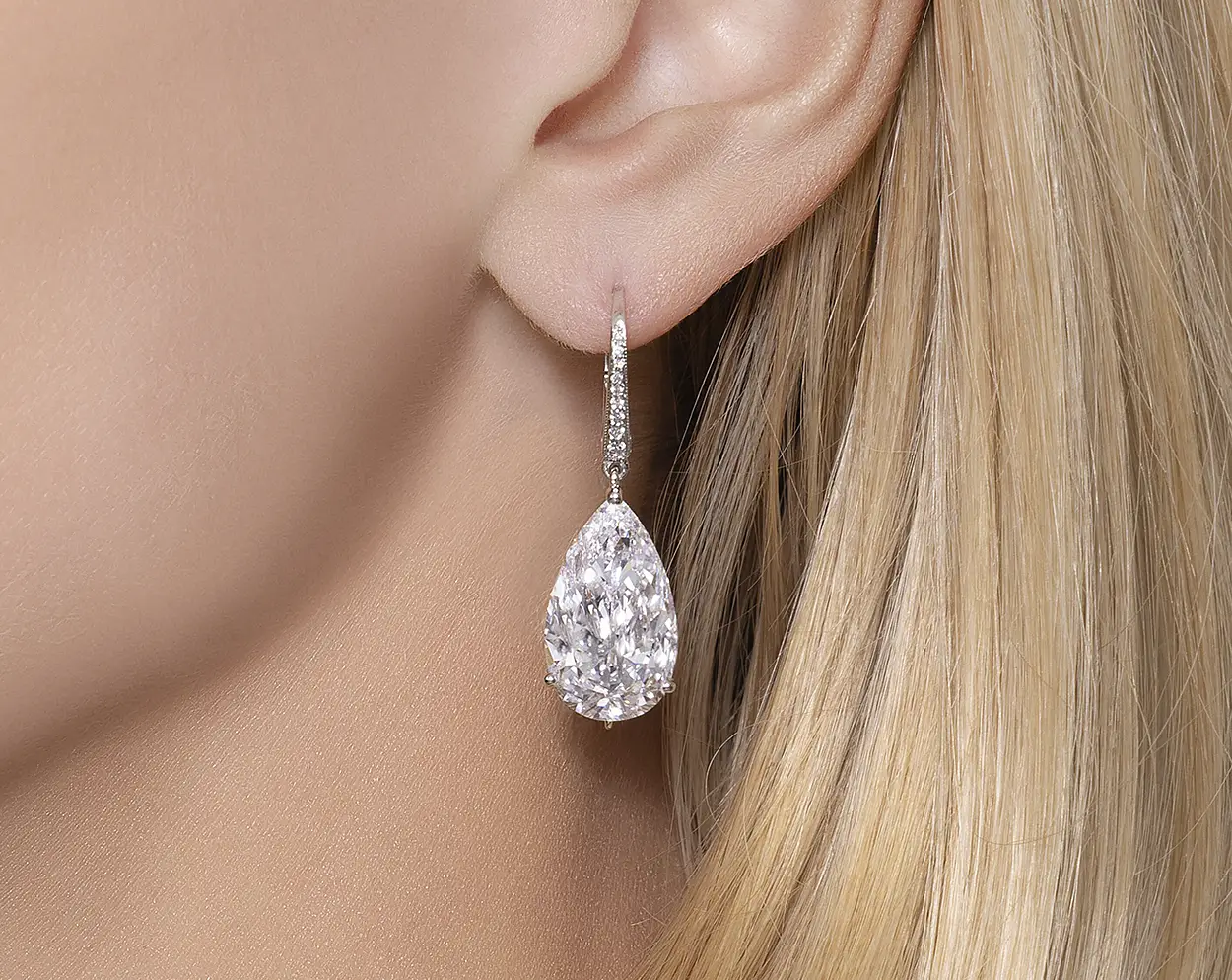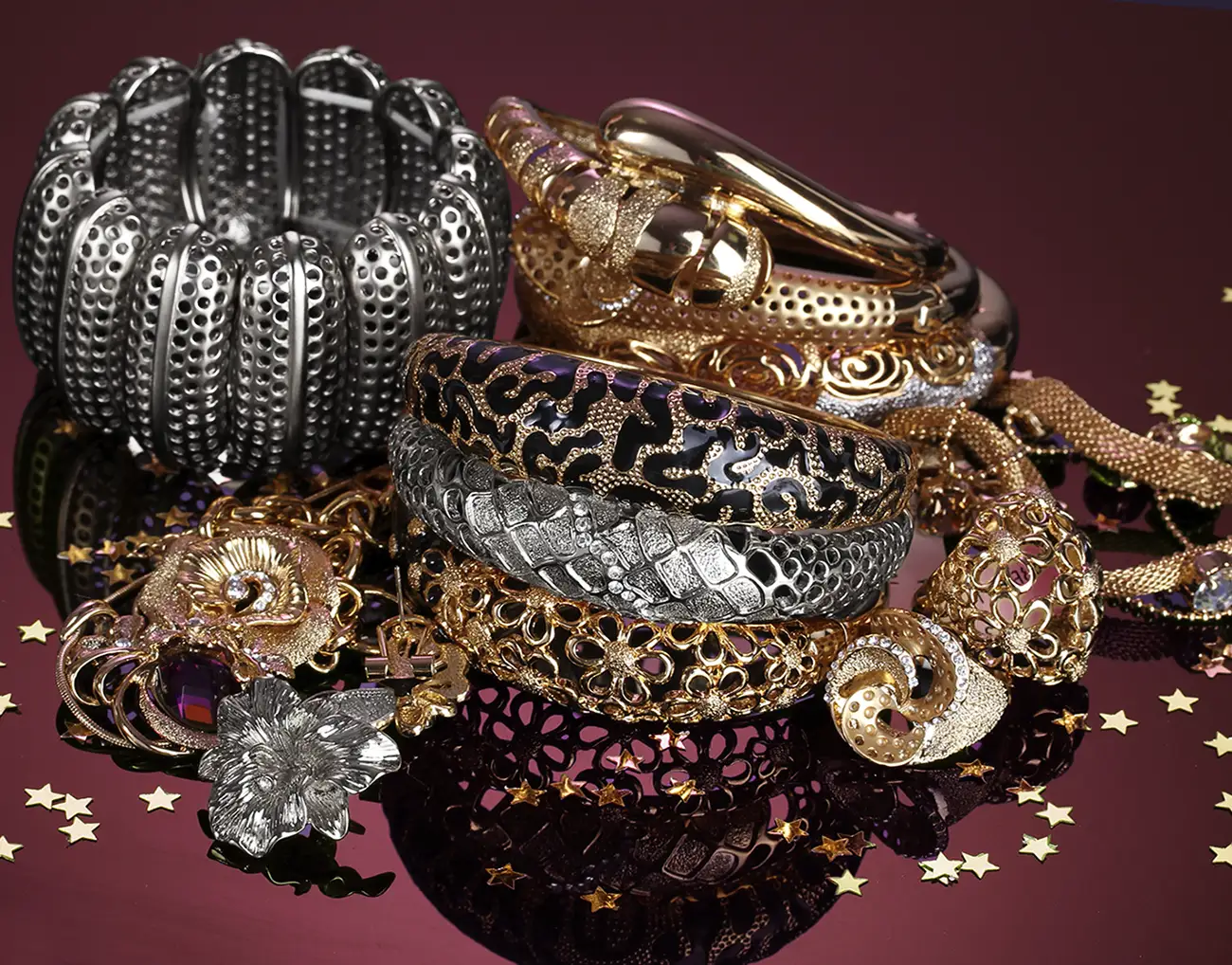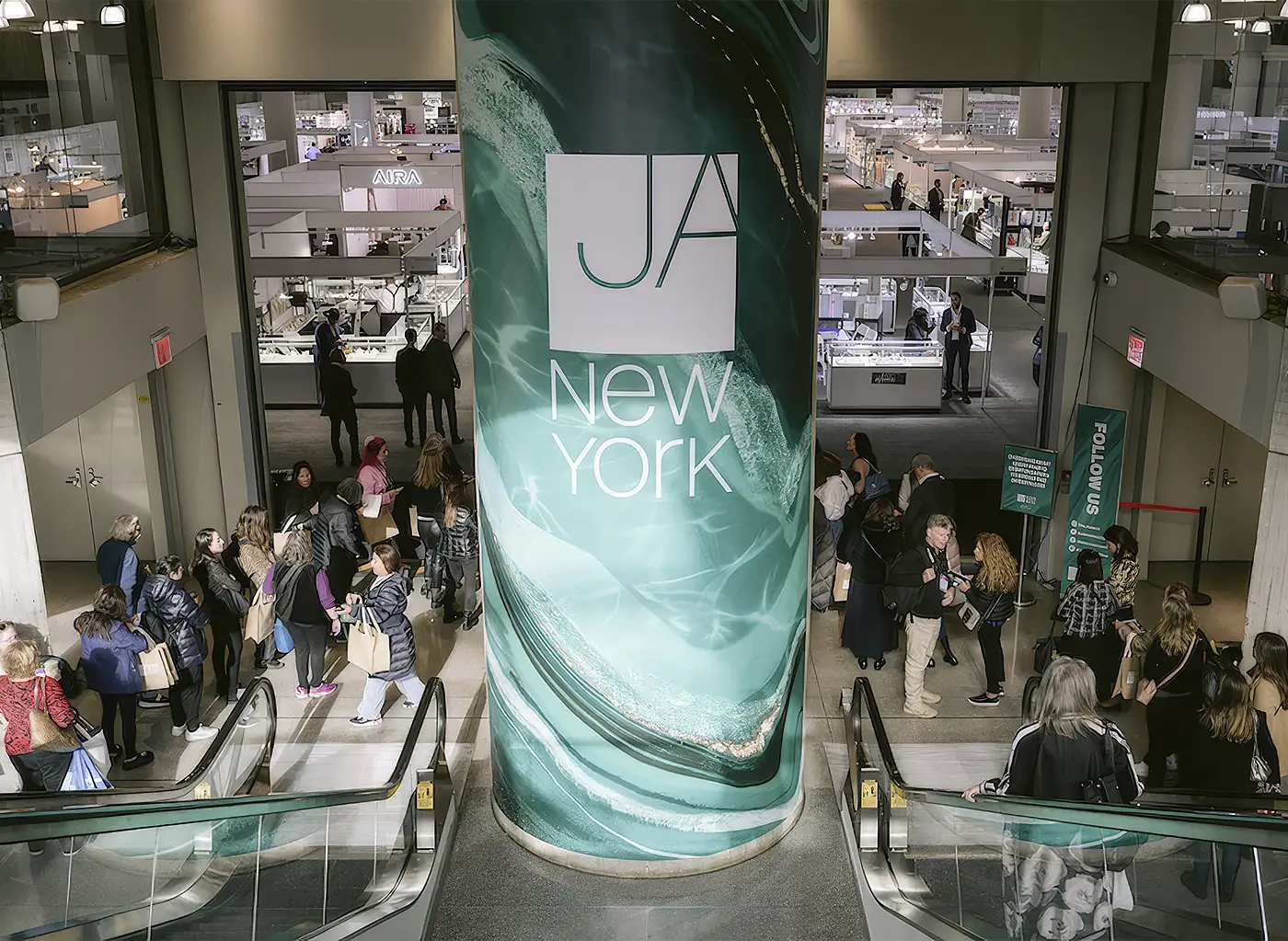There are legends of a mysterious South American city called El Dorado where everything is made of gold. According to these stories, the city’s wealth is so immense that the inhabitants decorate their houses with gold and even pave their roads with it. The inhabitants lack nothing and know no poverty.
Many travelers and treasure hunters set out on expeditions to uncover the mystery of this enigmatic city and made great geographical discoveries in the process. They lost their illusions, money, health, and sometimes their lives in the jungles. As you probably know, the city or at least its ruins have yet to be found.
Why is the legend of El Dorado so resilient? Why has it managed to survive so many centuries? And why is it as popular as the legends of Shambhala or, more so, Atlantis?
It’s not just about gold and the human desire for wealth. Part of the secret is that this legend is quite… plausible. Let’s take this one step at a time to see whether this might be true.
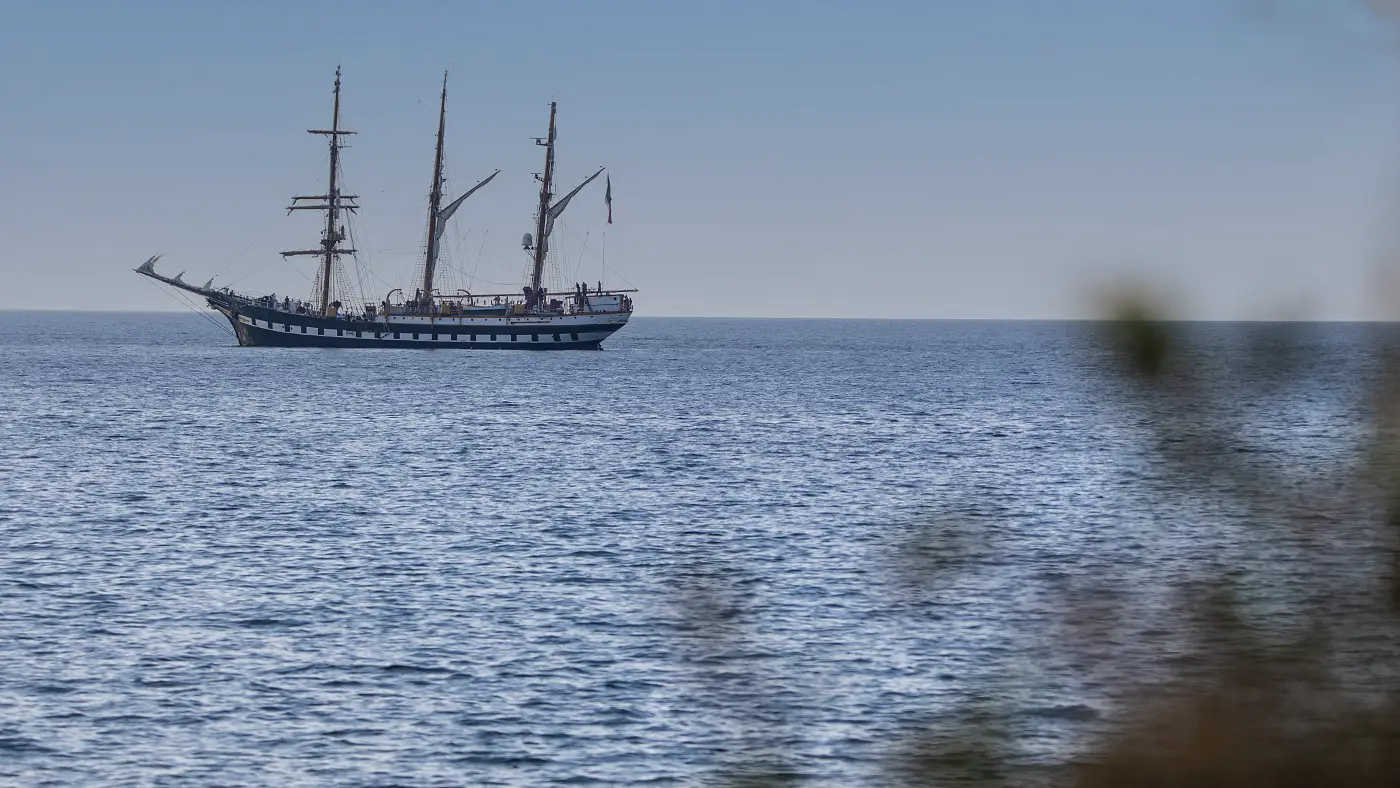
The first rumors of El Dorado were spread by Spanish seafarers who were probably mistaken for their gods by the indigenous people. They were brought to their territory and hospitably treated to a feast with golden dishes. The locals regarded gold as an ordinary metal, calling it the son of the Sun. But the foreigners knew its true value in their homeland.
The locals’ relaxed attitude towards gold was most likely misinterpreted. Although the indigenous people also valued gold for its jewelry properties, they didn’t idolize it as the foreign visitors did. The foreigners concluded that the locals were indifferent to gold because they had it in abundance here, and they weren’t entirely wrong!
There’s a theory that the Europeans witnessed a ritual that finally convinced them that there were entire cities made of gold somewhere. This refers to a ceremony performed by the Muisca Indians, who once inhabited the shores of Lake Guatavita.
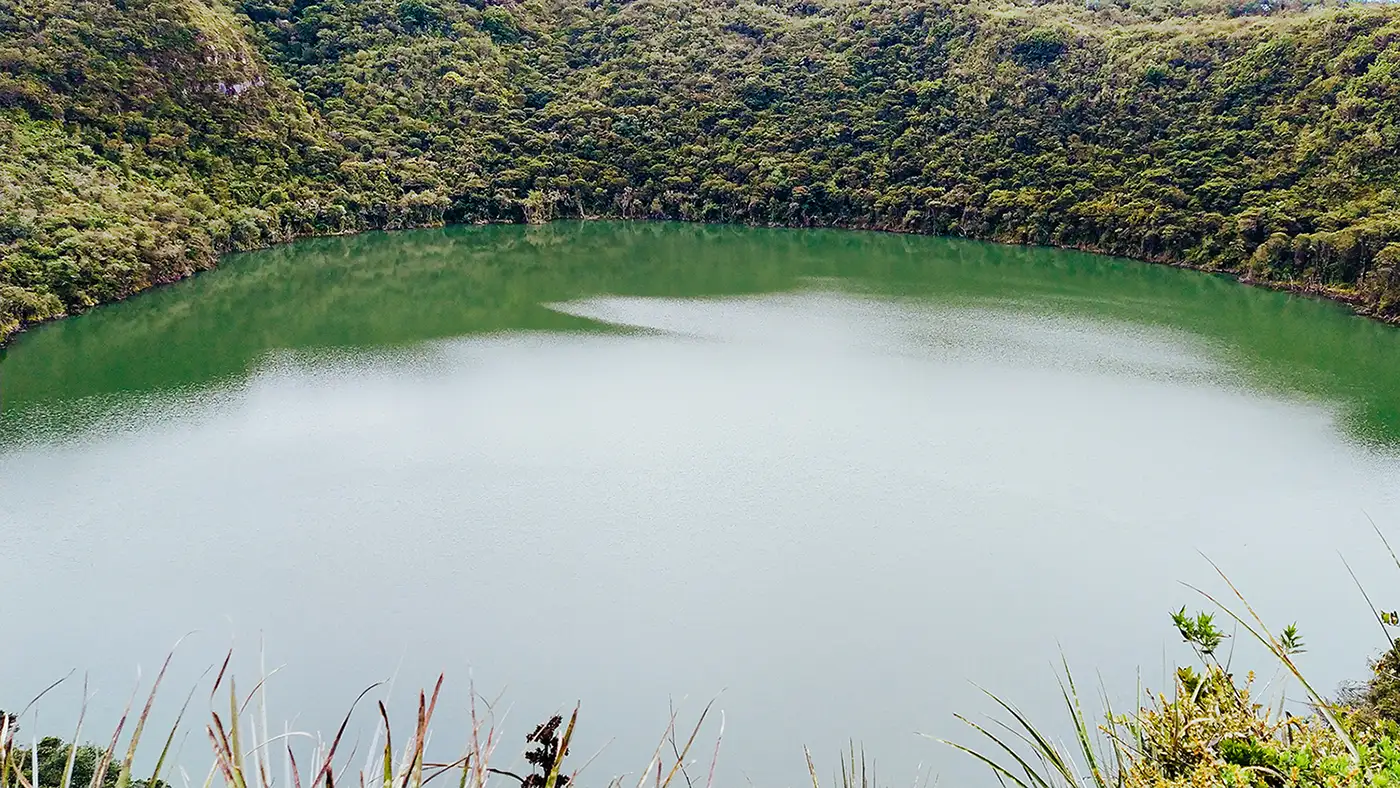
The ritual of appointing a Muisca leader involved special actions. The future leader was smeared with coconut oil and generously sprinkled with gold dust. Hundreds of gold ornaments were loaded onto his raft. In the middle of the lake, he ceremoniously lowered all the treasures into the depths, discarded the raft, and swam slowly towards the shore.
Over the years, there were several attempts to extract old jewelry pieces from the bottom of the lake, but almost all of them failed. Afraid of the massive influx of treasure hunters, the Colombian government declared the lake a national reserve in the second half of the 20th century.
Since then, the peace of the lake has not been disturbed. There are, however, lone enthusiasts in wetsuits with scuba gear, but they are quickly caught and fined heavily. This is how the sacred lake of the Muisca, majestic and untouched, staunchly protects the peace of its treasures from human greed.
But what about El Dorado? Where is this mysterious city? According to a rather convincing theory, the very origin of the toponym El Dorado comes from legends about the very ritual of rubbing with gold dust. The Spaniards called the leader in such a “transitional” state “El Hombre Dorado“, which simply means Golden Man.
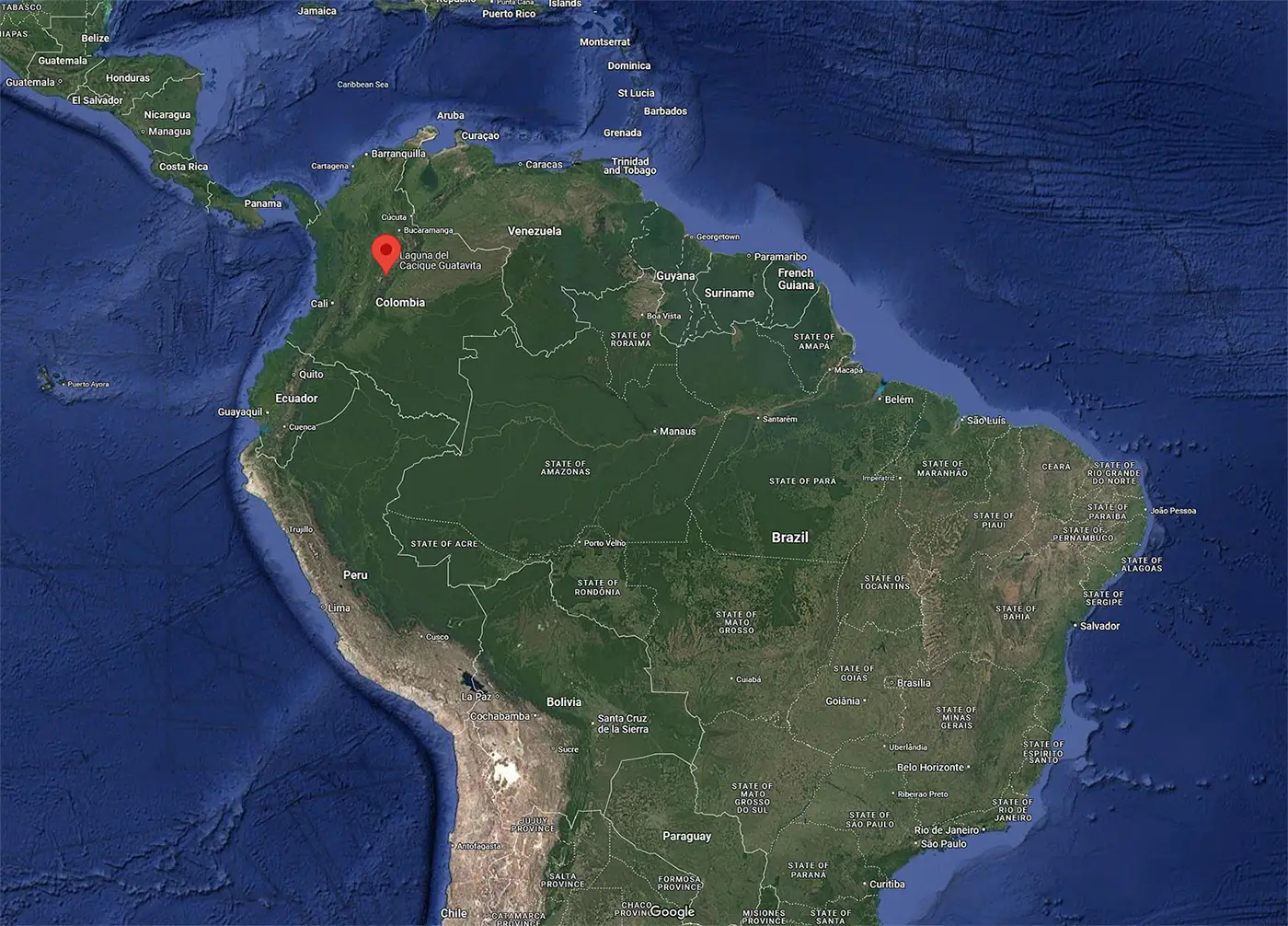
Gradually, legend by legend, the phrase transformed into El Dorado. Lake Guatavita, where the chief’s election ritual took place, became the prototype of the legendary Golden City of El Dorado. So yes, it seems that the mystical El Dorado is indeed located right here and you can easily find it on the map.

